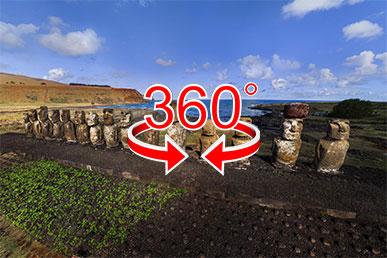We continue our journey around the world in search of the most unusual trees. To see them we will visit North and South America, Africa, Southeast Asia, Australia and China. Happy viewing!
Cotton tree
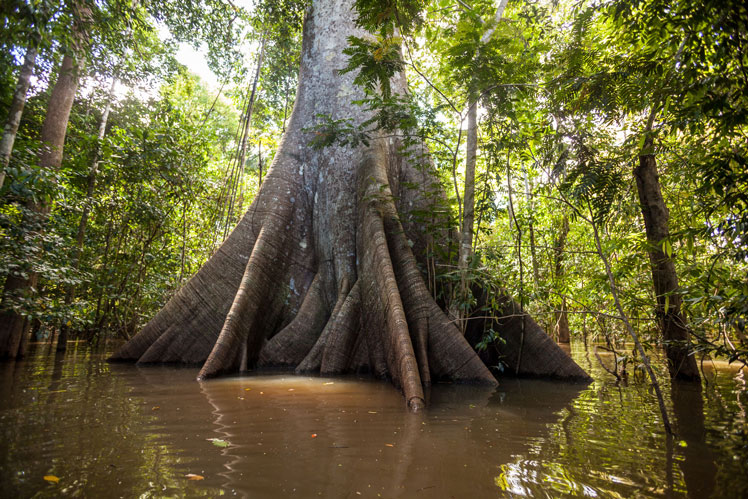

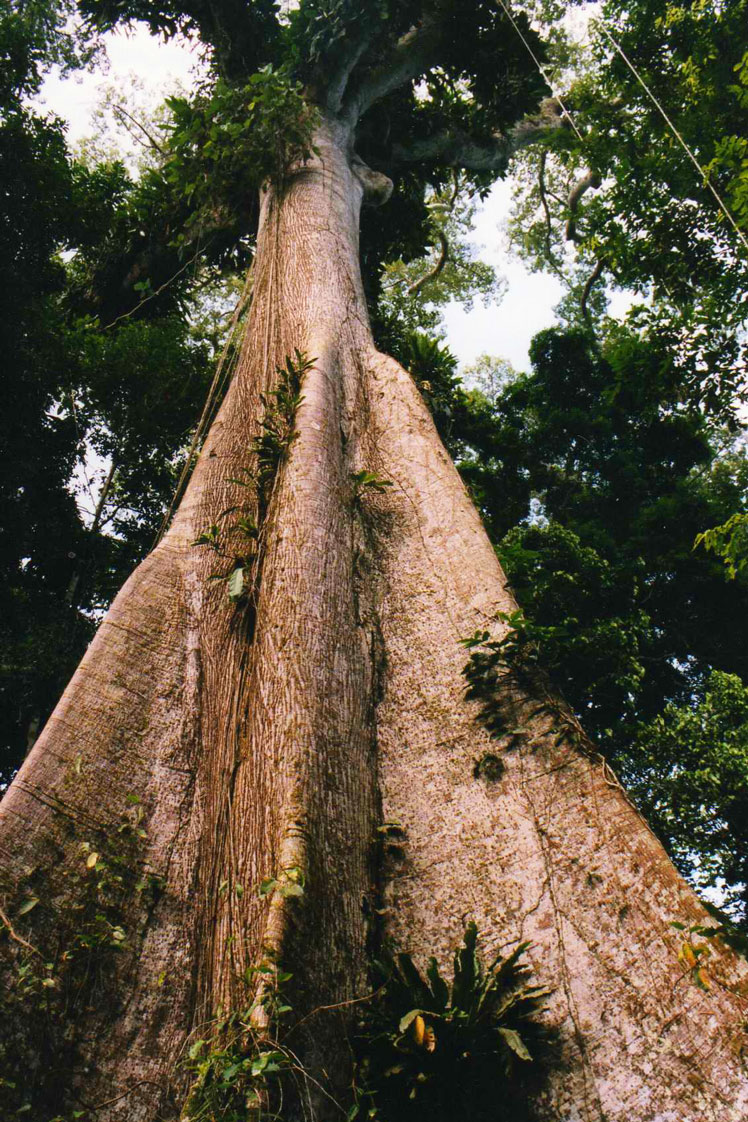
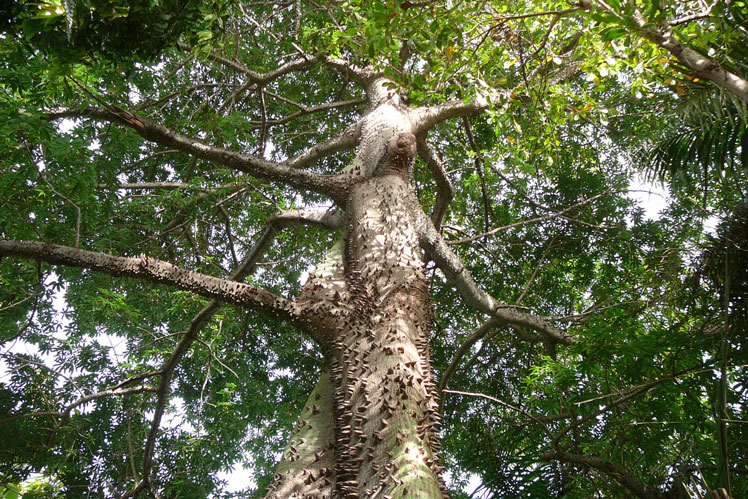
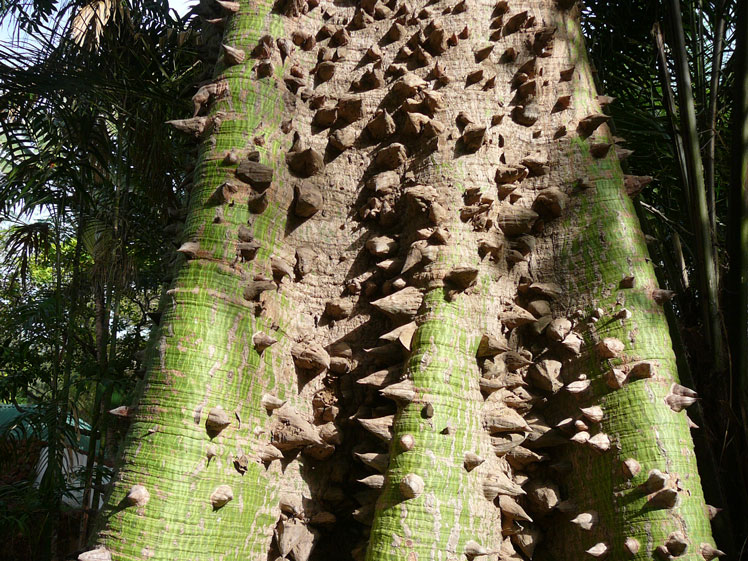
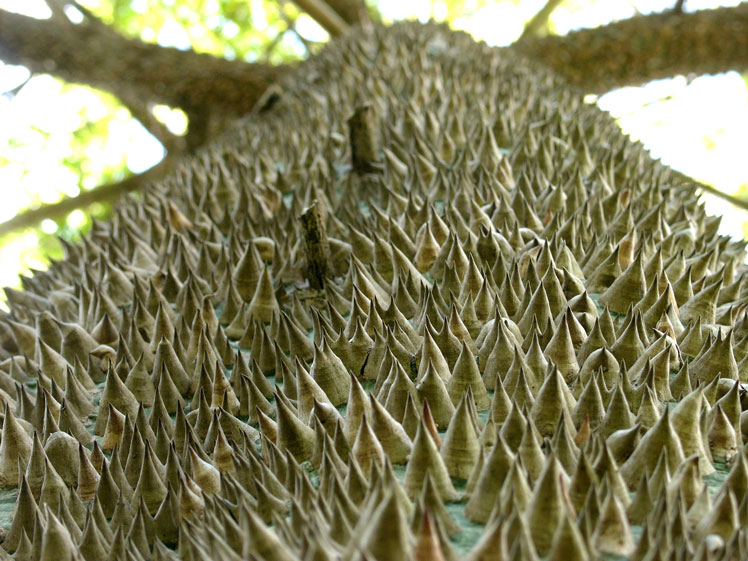
The cotton tree (Ceiba pentandra) has a fantastic appearance due to its very wide trunk (up to 3 m in diameter) with developed plank roots. In addition, the trunk and large branches of the tree are intensively covered with very large, prickly thorns.
This tree is also known by the names cotton tree, kapok tree, true kapok, kapok five-stalk, ceiba five-stalk, sumauma. The word "kapok" is also used for the name of the fiber obtained from the fruit of this tree.
Under natural conditions, the cotton tree grows in Mexico, Central America, the Caribbean, northern South America and the tropics of western Africa. The tree is widely cultivated in Southeast Asia, especially on the island of Java, Malaysia, Indonesia, and the Philippines.
Trees grow up to 60–70 meters in height. Mature trees produce several hundred fruits – large (15 cm) opening boxes containing seeds. The inner walls of the boxes are covered with numerous fluffy yellowish shiny hairs resembling silky cotton (hence the name of the tree), which are a mixture of lignin and cellulose. The process of harvesting and separating the fibers is manual and labor intensive.
Thin plant fibers are used for light and furniture industries. The fiber is light, buoyant, elastic, resistant to water, highly flammable. It is used for stuffing upholstered furniture, life jackets, circles, soft toys, as well as sound and heat insulating material, in particular, for refrigerators. At present, the use of fiber has largely been replaced by man-made materials.
Cannonball tree
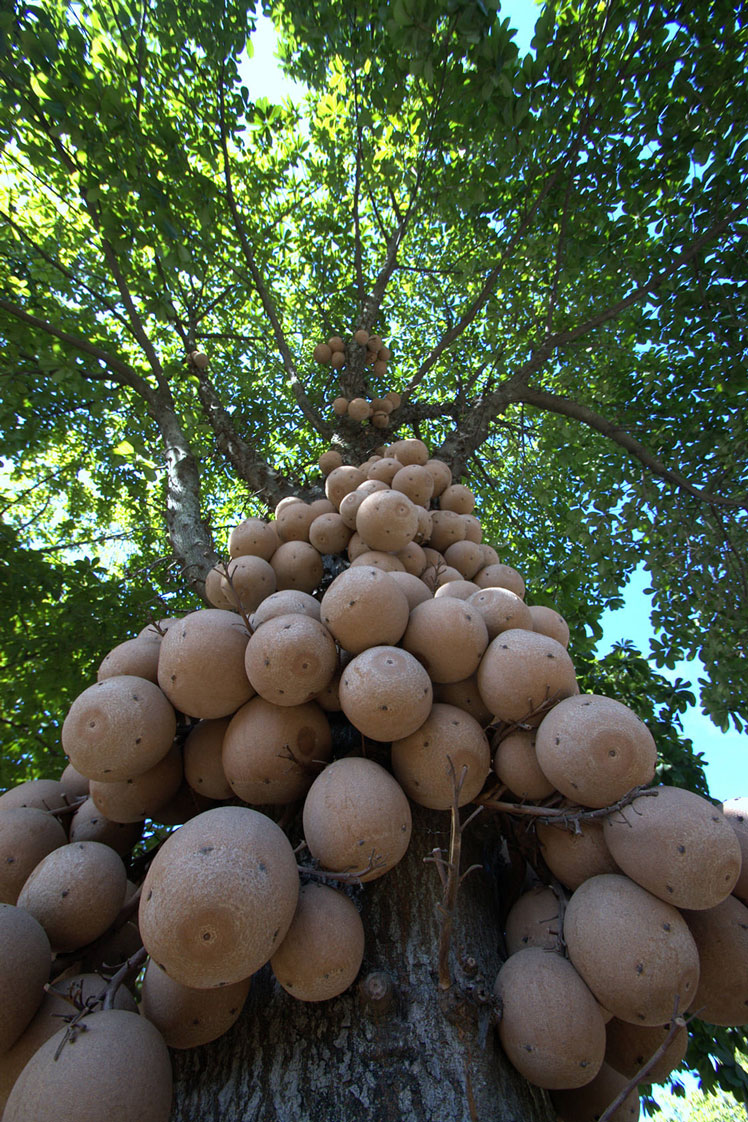
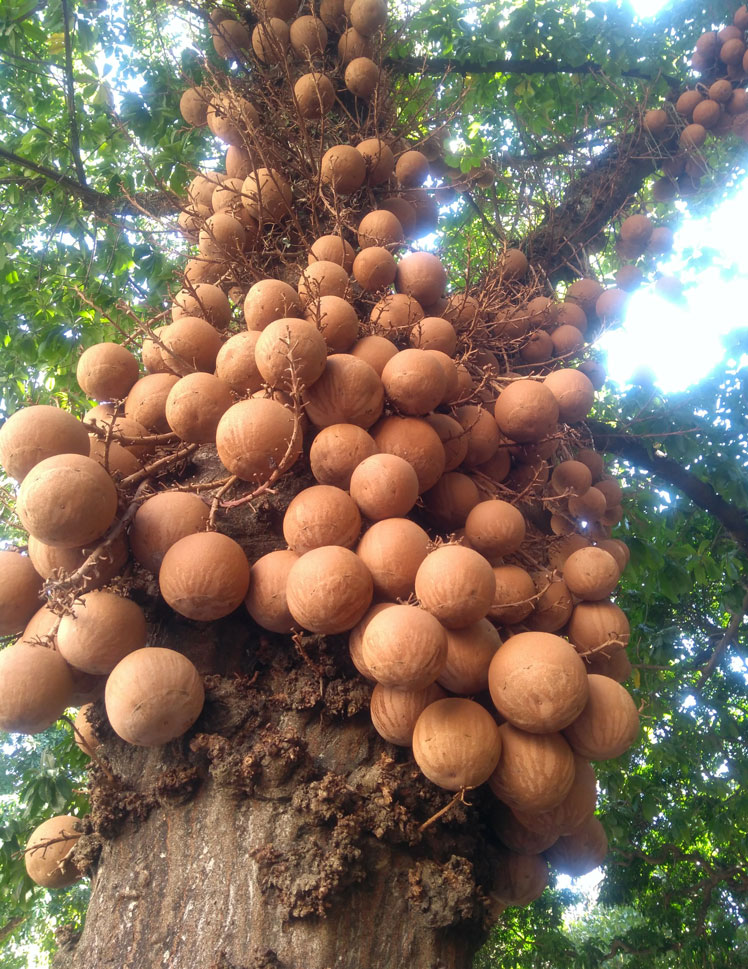
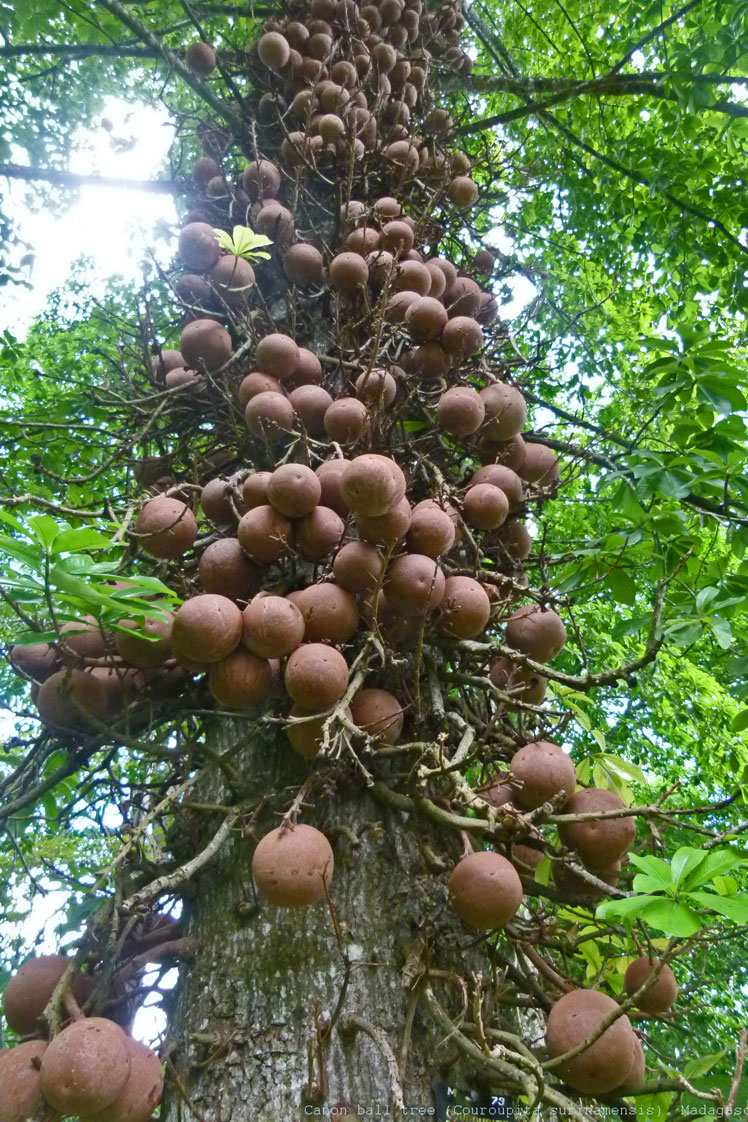

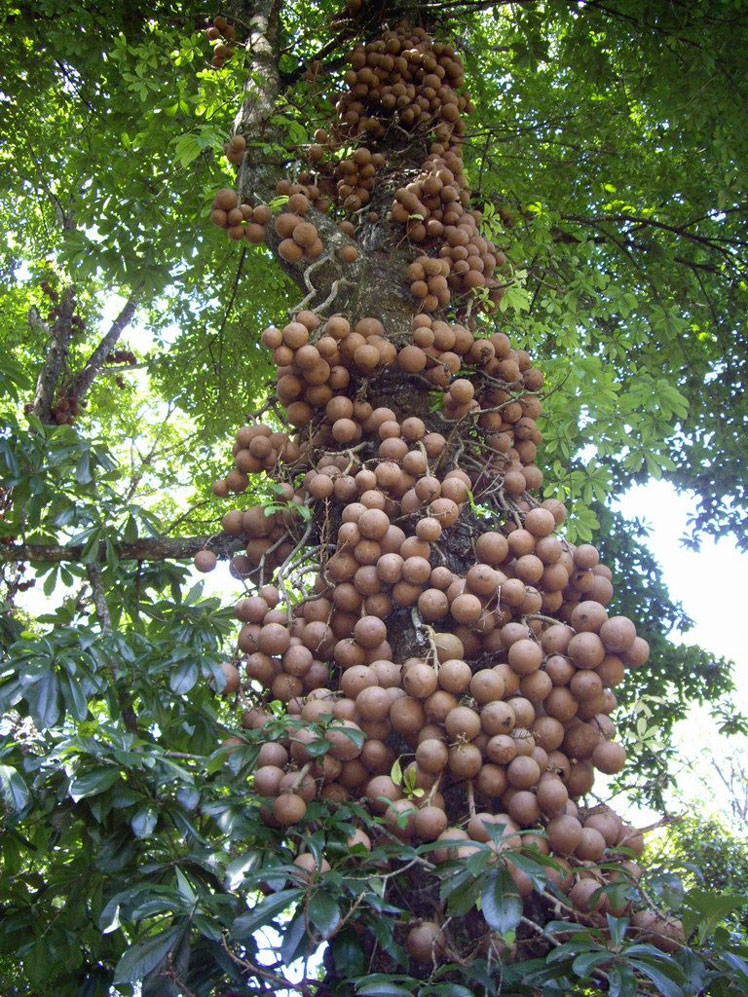
The cannonball tree or Curupita Guiana is known for its unusual cannonball-like fruits. One tree can bear 150 fruits. One such "cannonball" has a woody shell and reaches a diameter of up to 25 cm.
I grow cannonball trees in the tropical regions of South America, on the islands of the Caribbean and in South India. It is now widely grown in tropical countries for its ornamental flowers.
Trees reach 30-35 meters in height. Flowers grow in the lower part of the tree right on the trunk, and the fruits, respectively, too. Fruits can be eaten by household animals (pigs, chickens). People rarely eat fruits because of the specific smell.
Bottle tree
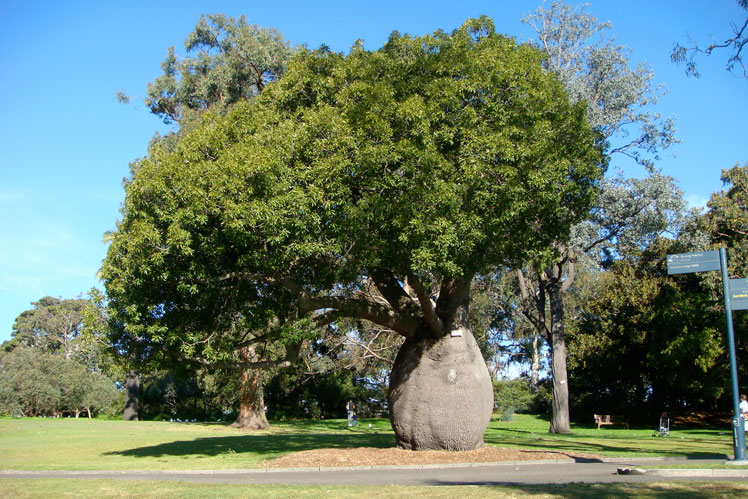

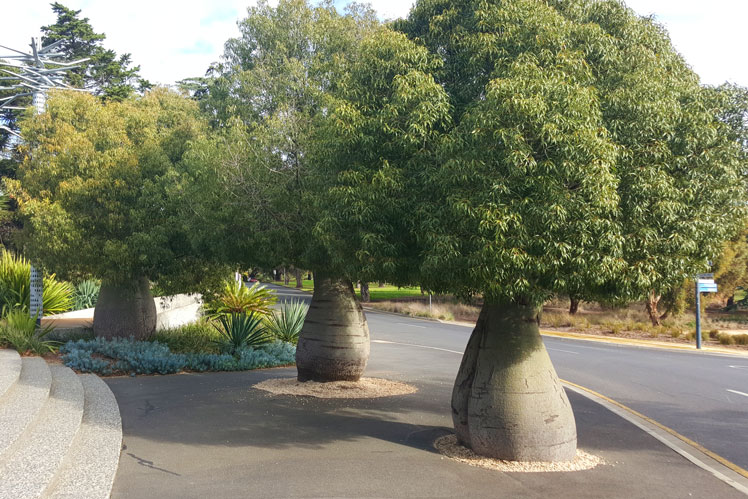
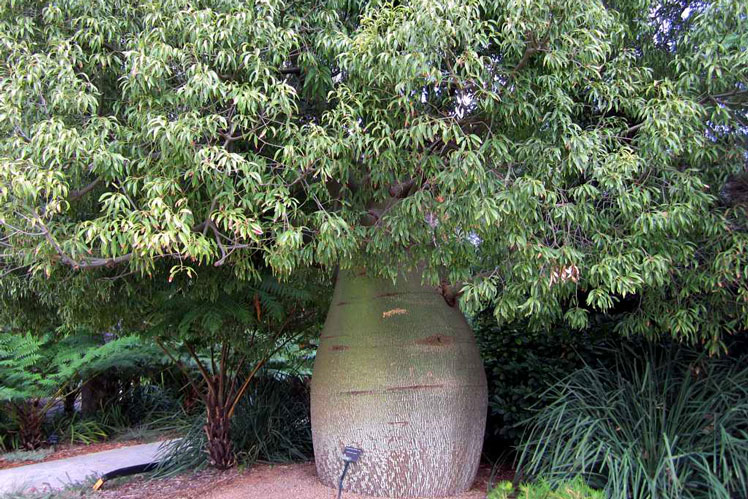


The bottle tree (Queensland bottle tree) or Brachychiton rock from a distance looks like a giant bottle. The trunk reaches a height of 10–25 meters and expands at the bottom to 1,5–2, and sometimes up to 3,5 meters. In this expanded part of the trunk, the bottle tree accumulates water, which is consumed during the dry season.
Bottle trees grow in Queensland, Australia. Yes, this is another bottle tree besides the baobabs we discussed earlier (see here ☛).
These trees are always present in the central stands of semi-evergreen vines, also known as the bottle tree bush, in the Brigalow Belt of Queensland. The remains of trees are often left on cleared land by farmers due to their value as shade and fodder trees.
Bottle trees are easily adaptable to growing anywhere, as they are very tolerant of a range of soils and temperatures. They are commonly planted in streets and parks, farms and gardens.
In the early stages of growth, the bottle tree is very slow growing, and the formation of the unique bottle shape is not seen until the tree is about 5 to 8 years old. Mature trees are easy to transplant and can take up to three months between uprooting and transplanting without damage to the tree.
Lacebark pine


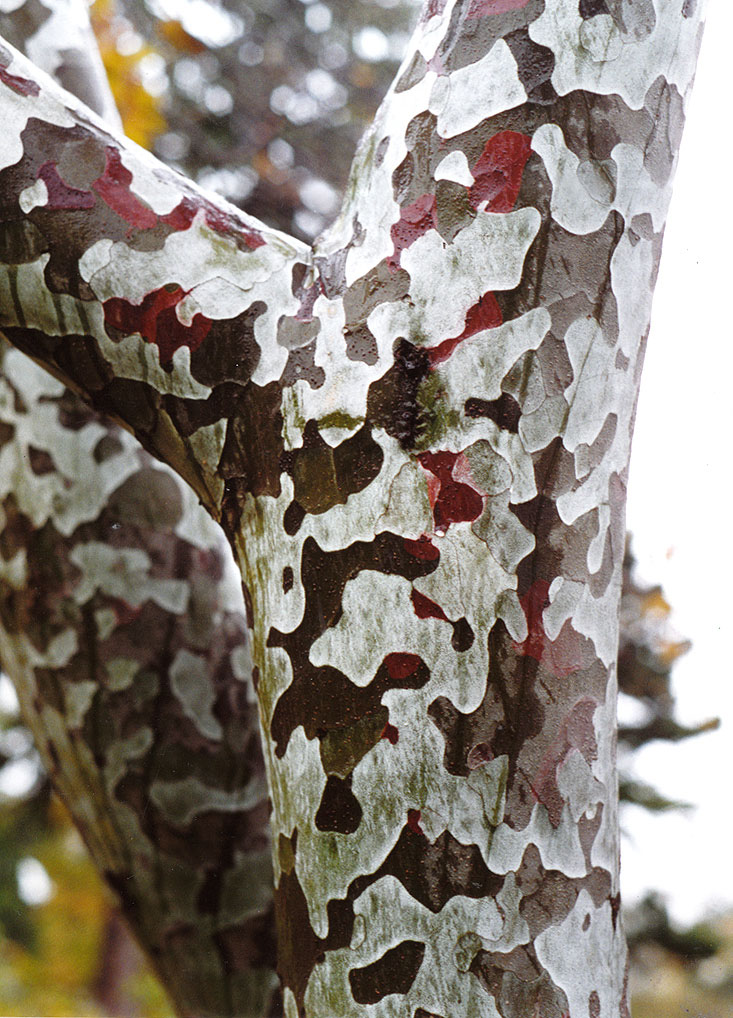
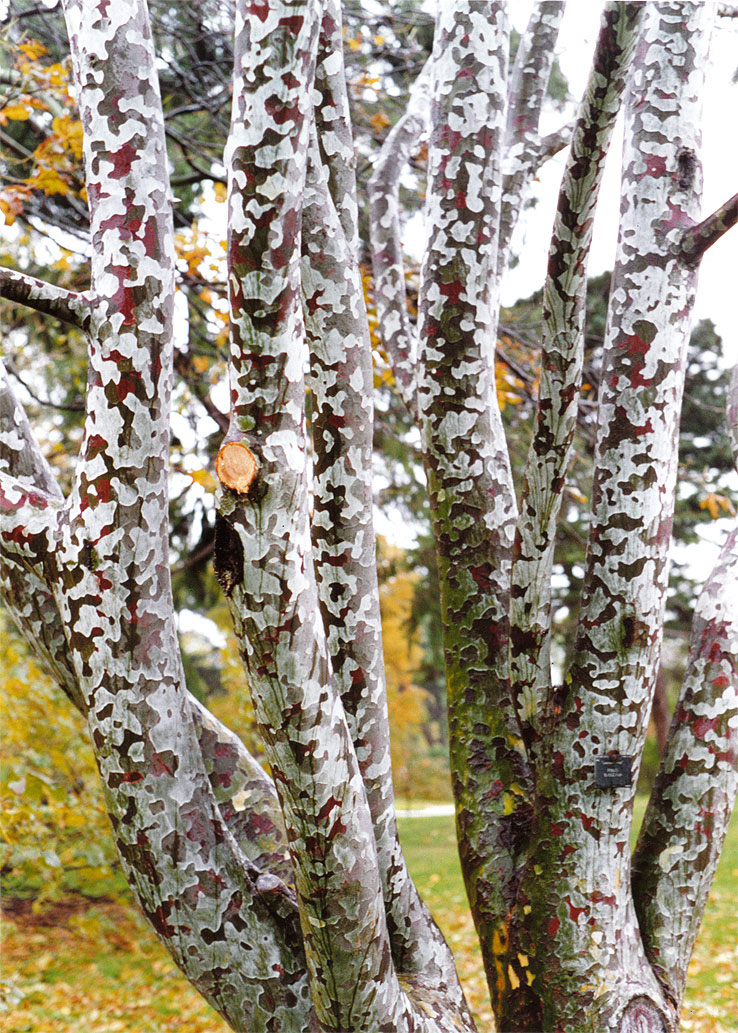
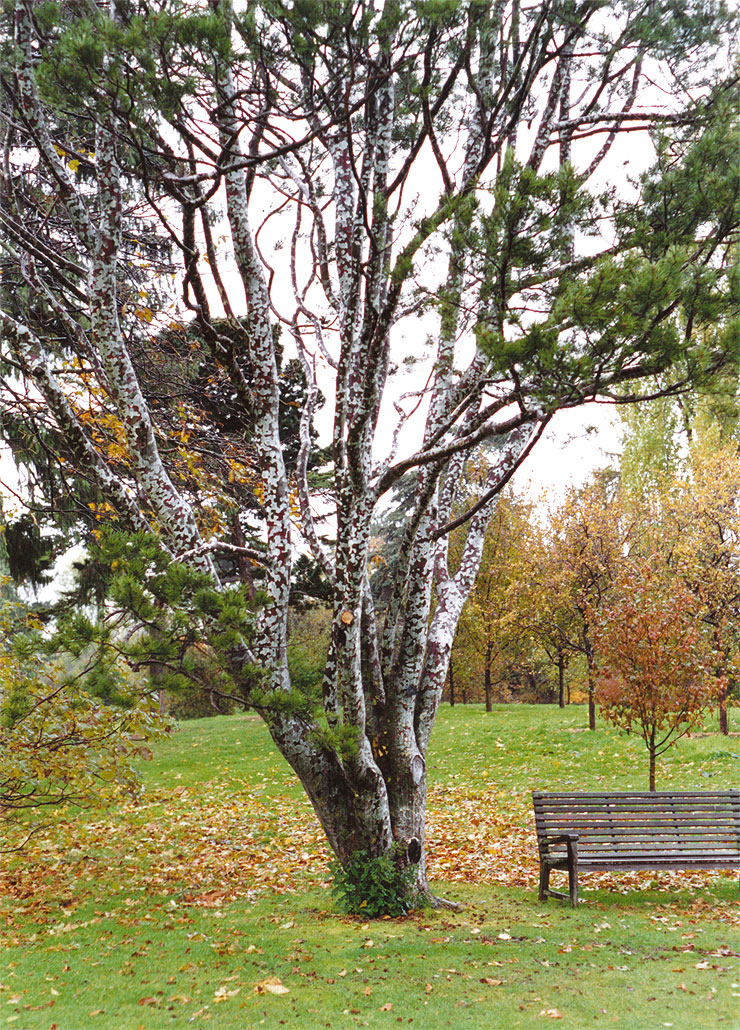
Lacebark pine, also known as Bunge's pine or white-barked pine, has unusually smooth gray-green bark that gradually sheds off into round scales, exposing pale yellow spots that are exposed to highlights become olive brown, red, and purple. With age, the bark of trees becomes chalky white and also spotted.
Lace-bark pine is widespread in the northwestern and central parts of China. Grown as an ornamental plant in parks and gardens. The height of the trees is 24–30 meters.
The Latin name was given in honor of the Russian botanist Alexander Bunge, who in 1831, while in China, collected samples of this plant.




